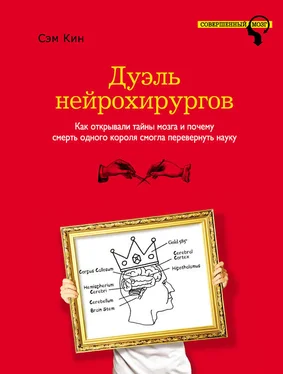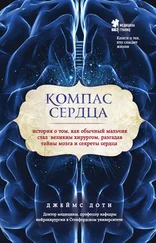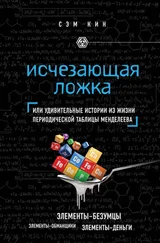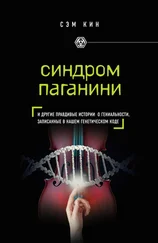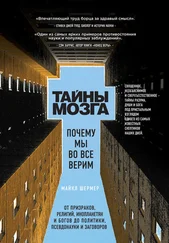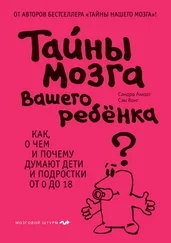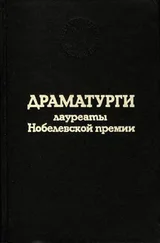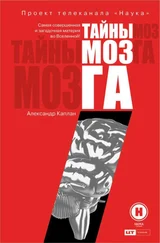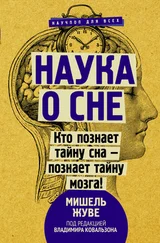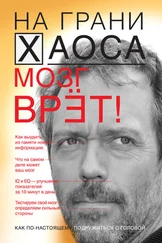8. De Wardener, Hugh Edward , and Bernard Lennox . «Cerebral Beriberi (Wernicke’s Encephalopathy): Review of 52 cases in a Singapore prisoner-of-war hospital». The Lancet 49, no. 6436 (1947): 11–17.
9. Dittrich, Luke . «The Brain That Changed Everything». Esquire. http://www.esquire.com/features/henry-molaison-brain-1110(accessed November 4, 2013).
10. Gabrieli, J. D. E . «Cognitive Neuroscience of Human Memory». Annual Review of Psychology 49, no. 1 (1998): 87–115.
11. Hirstein, William . «What Is Confabulation?» In Brain fiction: self-deception and the riddle of confabulation. Cambridge, Mass.: MIT Press, 2005: 1–23.
12. Klein, Stanley B ., Keith Rozendal , and Leda Cosmides . «A Social-Cognitive Neuroscience Analysis of the Self». Social Cognition 20, no. 2 (2002): 105–35.
13. Kopelman, Michael D . «Disorders of Memory». Brain 125, no. 10 (2002), 2152–90.
14. Luria, A. R. The mind of a mnemonist. New York: Penguin, 1975.
15. MacLeod, Sandy. «Psychiatry on the Burma-Thai Railway (1942–1943): Dr. Rowley Richards and colleagues». Australasian Psychiatry 18, no. 6 (2010): 491–95.
16. Martin, Peter R., Charles K. Singleton, and Susanne Hiller-Sturmhofel. «The Role of Thiamine Deficiency in Alcoholic Brain Disease». Alcohol Research and Health 27, no. 2 (2003): 134–42.
17. McGaugh, James L. «Memory: A century of consolidation». Science 287, no. 5451 (2000): 248–51.
18. Postle, Bradley R. «The Hippocampus, Memory, and Consciousness». In The neurology of consciousness: cognitive neuroscience and neuropathology. Amsterdam: Elsevier Academic Press, 2009: 326–38.
19. Rosenbaum, R. Shayna, et al. «The Case of K.C.: Contributions of a memory-impaired person to memory theory». Neuropsychologia 43, no. 7 (2005): 989–1021.
20. Scoville, William B., and Brenda Milner. «Loss of Recent Memory after Bilateral Hippocampal Lesions». Journal of Neurology, Neurosurgery, and Psychiatry 20, no. 1 (1957): 11–21.
21. Van Damme, Ilse, and Gery d’Ydewalle. «Confabulation Versus Experimentally Induced False Memories in Korsakoff’s Syndrome». Journal of Neuropsychology 4, no. 2 (2010): 211–30.
22. Wilson, Barbara A., Michael Kopelman, and Narinder Kapur . «Prominent and Persistent Loss of Past Awareness in Amnesia». Neuropsychological Rehabilitation 18, no. 5–6 (2008): 527–40.
23. Xia, Chenjie. «Understanding the Human Brain: A lifetime of dedicated pursuit». McGill Journal of Medicine 9, no. 2 (2006): 165–72.
24. Zannino, Gian Daniele , et al. «Do Confabulators Really Try to Remember When They Confabulate? A Case Report». Cognitive Neuropsychology 25, no. 6 (2008): 831–52.
Глава 11 Слева, справа и в центре
1. Berlucchi, Giovanni . «Revisiting the 1981 Nobel Prize to Roger Sperry, David Hubel, and Torsten Wiesel on the Occasion of the Centennial of the Prize to Golgi and Cajal». Journal of the History of the Neurosciences 15, no. 4 (2006): 369–75.
2. Borod, Joan C., Cornelia Santschi Haywood, and Elissa Koff. «Neuropsychological Aspects of Facial Asymmetry During Emotional Expression: A review of the normal adult literature». Neuropsychological Review 7, no. 1 (1997): 41–60.
3. Broca, Paul . «On the Site of the Faculty of Articulated Speech (1865)». Neuropsychology Review 21, no. 3 (2011): 230–35.
4. Broca, Paul , and Christopher D. Green (trans.). «Remarks on the Seat of the Faculty of Articulated Language, Following an Observation of Aphemia (Loss of Speech) (1861)». Classics in the History of Psychology. http://psychclassics.yorku.ca/Broca/aphemie-e.htm(accessed November 4, 2013).
5. Christiansen, Morten H. , and Nick Chater. «Language as Shaped by the Brain». Behavioral and Brain Sciences 31, no. 5 (2008): 489–508.
6. Critchley, Macdonald. «The Broca-Dax Controversy». In The divine banquet of the brain and other essays. New York: Raven Press, 1979: 72–82.
7. Engel, Howard . The man who forgot how to read. New York: Thomas Dunne Books/St. Martin’s Press, 2008.
8. Gazzaniga, Michael S. «Cerebral Specialization and Interhemispheric Communication». Brain 123, no. 7 (2000): 1293–326.
9. Gazzaniga, Michael S. «Forty-Five Years of Split-Brain Research and Still Going Strong». Nature Reviews: Neuroscience 6, no. 8 (2005): 653–59.
10. Gazzaniga, Michael S. «The Split Brain in Man». Scientific American 217, no. 2 (1967): 24–29.
11. Gazzaniga, Michael S., Joseph E. Bogan, and Roger W. Sperry. «Observations on Visual Perception After Disconnexion of the Cerebral Hemispheres in Man». Brain 88, no. 2 (1965): 221–36.
12. Gazzaniga, Michael S., Joseph E. Bogan, and Roger W. Sperry. «Some Functional Effects of Sectioning the Cerebral Commissures in Man». Proceedings of the National Academy of Sciences 48, no. 10 (1962): 1765–69.
13. Gazzaniga, Michael S. , et al. «Neurologic Perspectives on Right Hemisphere Language Following Surgical Section of the Corpus Callosum». Seminars in Neurology 4, no. 2 (1984): 126–35.
14. Henderson, Victor W. «Alexia and Agraphia». Handbook of Clinical Neurology 95, no. 1 (2009): 583–601.
15. MacNeilage, Peter F., Lesley J. Rogers, and Giorgio Vallortigara. «Origins of the Left and Right Brain». Scientific American. June 24, 2009.
16. Schiller, Francis. Paul Broca, founder of French anthropology, explorer of the brain. Berkeley: University of California Press, 1979.
17. Skinner, Martin, and Brian Mullen. « Facial Asymmetry in Emotional Expressions: A meta-analysis of research». British Journal of Social Psychology 30, no. 2 (1991): 113–24.
18. Sperry, Roger. «Some Effects of Disconnecting the Cerebral Hemispheres». Science 217, no. 4566 (1982): 1223–26.
19. Wolman, David. «A Tale of Two Halves». Nature 483, no. 7389 (2012): 260–63.
Глава 12 Человек, миф, легенда
1. Alvarez, Julie A., and Eugene Emory. «Executive Function and the Frontal Lobes». Neuropsychological Review 16, no. 1 (2006): 17–42.
2. Devinsky, Orrin. «Executive Function and the Frontal Lobes». In Neurology of cognitive and behavioral disorders. Oxford: Oxford University Press, 2004: 302–29.
3. Dominus, Susan. «Could Conjoined Twins Share a Mind?» New York Times Magazine, May 29, 2011: MM28–35.
4. Gordon, D. S. «Penetrating Head Injuries». Ulster Medical Journal 57, no. 1 (1988): 1– 10.
5. Harmon, Katherine . «The Chances of Recovering from Brain Trauma: Past cases show why millimeters matter». Scientific American. http://www.scientificamerican.com/article.cfm?id=recovering-from-brain- trauma(accessed November 4, 2013).
6. Kotowicz, Zbigniew . «The Strange Case of Phineas Gage». History of the Human Sciences 20, no. 1 (2007): 115–31.
7. Macmillan, Malcolm . «Phineas Gage – Unraveling the Myth». Psychologist 21, no. 9 (2008): 828–31.
8. Macmillan, Malcolm , and Matthew L. Lena. «Rehabilitating Phineas Gage». Neuropsychological Rehabilitation 20, no. 5 (2010): 641–58.
9. Sacks, Oliver . «The Abyss». The New Yorker, September 24, 2007: 100–108.
10. Stone, James L. «Transcranial Brain Injuries Caused by Metal Rods or Pipes Over the Past 150 Years». Journal of the History of the Neurosciences 8, no. 3 (1999): 227–34.
Читать дальше
Конец ознакомительного отрывка
Купить книгу
